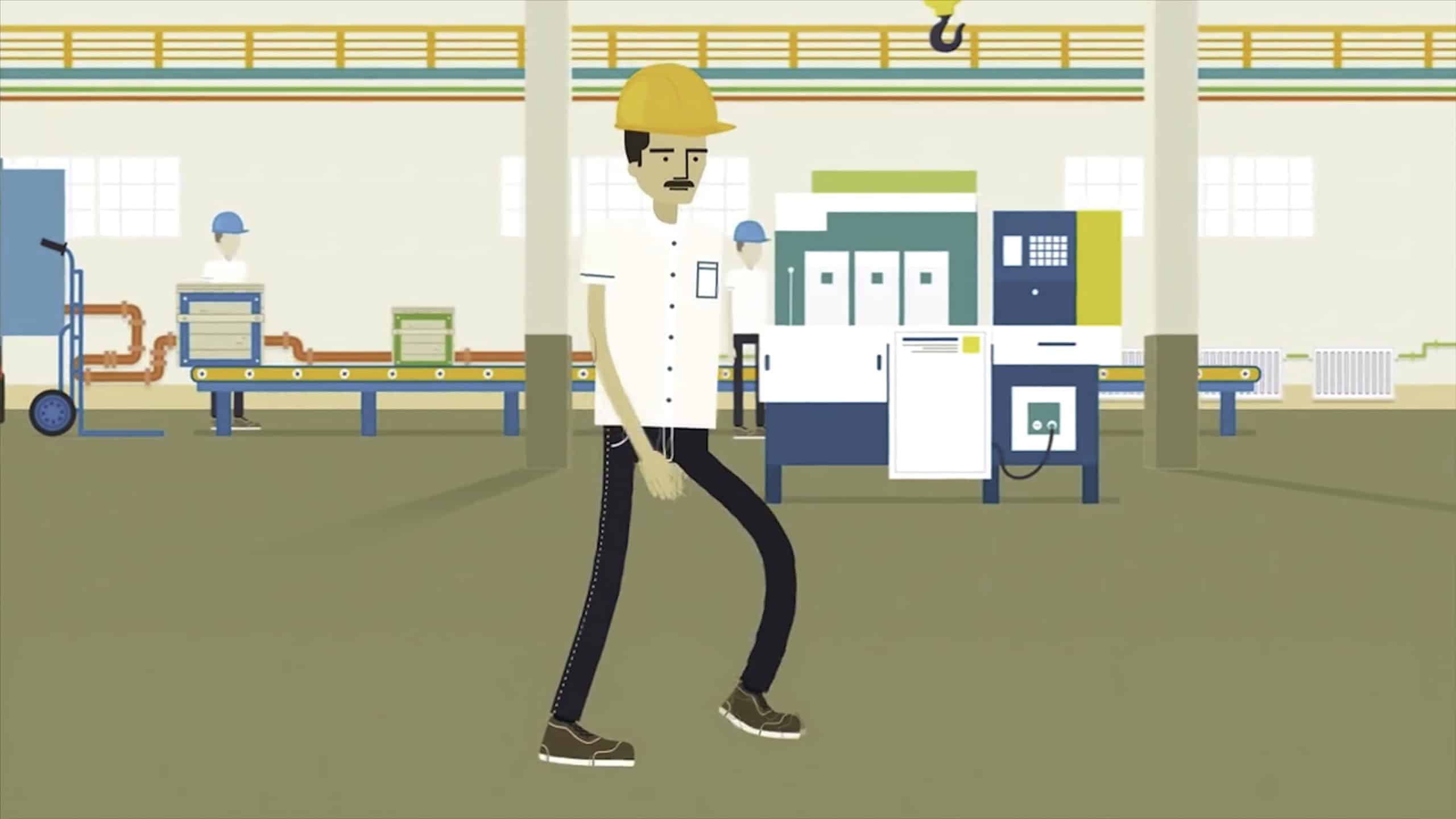The digital animation landscape is ever-evolving, with new techniques and technologies continually enhancing the visual storytelling capabilities of creators in the UK’s film industry. As we delve into the world of animation, we will explore some of the latest techniques that are currently redefining the UK’s animation landscape. These include real-time animation, 3D animation advancements, the use of artificial intelligence in animation, augmented and virtual reality, and the impact of 5G.
Real-Time Animation
Real-time animation is a game-changer for filmmakers in the UK. This technique allows animators to render images more quickly, making the animation process more efficient. Real-time animation is no longer restricted to the realms of video games; it’s carving a niche in the film industry as well.
Topic to read : How Can Smart Kitchen Appliances Reduce Food Waste in the UK?
The core advantage of real-time animation is its speed. Traditional animation methods involve creating individual frames and then sequencing them together, a time-consuming process. With real-time animation, this process is streamlined. Graphics are rendered so quickly that the viewer perceives the images as moving, creating an illusion of life.
Real-time animation also allows for greater interactivity. Creators can alter elements within a scene in real time, providing a more immersive and engaging experience for viewers.
In parallel : 5 Ideas to Consider For an Unforgettable Weekend
3D Animation Advancements
The 3D animation landscape in the UK’s film industry has made considerable strides in recent years. This is exhibited in dynamic characters that show a deeper range of emotions and in the detailed environments that bring these characters to life.
New software like Blender, Maya, and Cinema 4D have given animators powerful tools to create stunning 3D visuals. Animators can now experiment with textures, lighting, and camera angles, achieving levels of realism previously unattainable.
Another significant advancement in 3D animation is the implementation of physics-based simulations. This allows animators to create more realistic movements and interactions within their animated environments. For example, it can help simulate realistic waves in an ocean or the movement of clothing on a character.
The Role of Artificial Intelligence in Animation
Artificial Intelligence (AI) is increasingly playing a significant role in digital animation. AI algorithms can automate mundane tasks, freeing up animators to focus on more creative aspects of the animation process.
AI can also learn and replicate complex animation sequences. For instance, AI algorithms can analyze a vast number of walking sequences and then generate a realistic walking animation for a character. This saves hours of work and ensures a high standard of realism.
Furthermore, AI is proving invaluable in facial animation. Using machine learning, AI can capture and replicate the nuances of human facial expressions. This results in more lifelike characters and more engaging storytelling.
Augmented and Virtual Reality
Augmented reality (AR) and virtual reality (VR) are making significant inroads into the UK’s digital animation landscape. AR overlays digital imagery onto the real world, while VR creates completely immersive digital environments.
These technologies are revolutionizing the way filmmakers approach storytelling. With AR and VR, filmmakers can create more immersive and interactive experiences for viewers. Viewers are no longer passive observers; they become active participants in the narrative.
Filmmakers are also exploring mixed reality (MR), a blend of AR and VR. MR allows digital and physical objects to interact in real time, opening up a world of creative possibilities for animators and filmmakers.
The Impact of 5G
The rollout of 5G networks across the UK has significant implications for digital animation. 5G offers faster data transfer speeds and lower latency than its predecessor, 4G.
For animators, this means quicker rendering times and the ability to work in cloud-based platforms more efficiently. It also allows for real-time collaboration between animators regardless of their geographical location.
For viewers, 5G enhances the animation viewing experience, especially for AR and VR content. Faster download speeds and reduced latency mean smoother, more immersive experiences.
In summary, the digital animation landscape in the UK’s film industry is experiencing a shift powered by advancements in technology. From real-time animation to the role of AI, AR, VR, and the impact of 5G, there are numerous exciting developments. These advancements not only offer new tools and possibilities for creators but also promise more immersive and engaging viewing experiences for audiences.
Volumetric Capture and Photogrammetry in Animation
Volumetric capture and photogrammetry are two innovative techniques that have made a considerable impact on digital animation in the UK’s film industry. Both techniques give creators the ability to create more realistic and detailed animated content than ever before.
Volumetric capture is a technique that records actions in a 3-dimensional space, capturing an object or scene from every angle. It is a process that allows for the full capture of a performance, in real time, making it an ideal tool for creating dynamic and immersive animated content. The recorded data can be used to create holograms or virtual reality experiences, allowing viewers to interact with the content in a much more meaningful way.
Photogrammetry, on the other hand, is a method of creating high-definition 3D models by taking multiple photographs of an object or scene from different angles. The technique provides an incredible level of detail and realism, presenting possibilities for creating hyper-realistic environments and elements that can enhance the viewer’s immersion and engagement.
Both volumetric capture and photogrammetry are pushing the boundaries of what can be achieved in digital animation, and the UK’s film industry is at the forefront of these advancements.
The Integration of Traditional and Digital Animation Techniques
While we witness the evolution of digital animation techniques, it’s also crucial to acknowledge the integration of traditional and digital animation methods. Hand-drawn animation, stop-motion, and claymation are being combined with digital techniques to create hybrid animations, providing unique aesthetic qualities and creative possibilities.
Filmmakers are experimenting with these combinations to create distinctive visual styles and narratives. For example, hand-drawn animation can be integrated with digital animation to give a film a unique aesthetic or to emphasize particular narrative elements.
The UK’s film industry is embracing these innovative combinations, further demonstrating the ongoing evolution and creativity within the field of digital animation.
Conclusion
The world of digital animation in the UK’s film industry continues to evolve, driven by both technological advancements and creative experimentation. From real-time animation, 3D animation advancements, the role of AI, AR, VR, the impact of 5G, volumetric capture, photogrammetry, to the integration of traditional and digital animation techniques, the landscape is ever-changing and increasingly exciting.
These advancements are not only enriching the toolkit of animators and filmmakers but also transforming the viewing experience for audiences. With more detailed, realistic, and immersive animations, viewers are offered an unparalleled and engaging viewing experience.
The UK’s film industry, being at the forefront of these developments, promises a future of digital animation that is more interactive, immersive, and visually stunning than ever before. As we move forward, it is clear the possibilities are not only endless but also continuously expanding, promising an exciting future for digital animation.
















